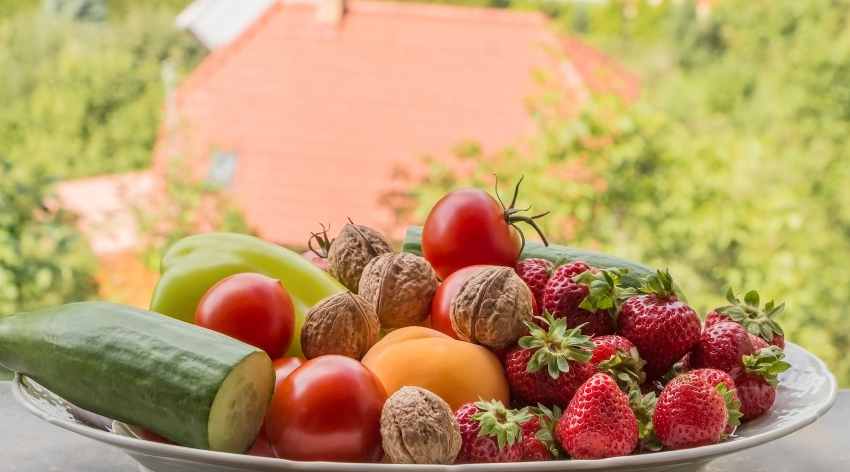
A Pegan diet advocates, among others, increased consumption of fruits and vegetables. Jan Fidler/Flickr
What do you get when you take the best bits of the paleo and vegan diets and put them together? You get the Pegan diet. A Palaeolithic or Paleo diet is inspired by the food our ancestors had in the Stone Age, before they started farming. So, that would mean meat, vegetables, fish and nuts and fruits, but no grains, or dairy, or anything refined or processed. As recently as three years ago, paleo was huge among folks who watched what they ate, and its proponents claims that “our metabolism’s inability to cope with new types of food has led to the current rise of diabetes, heart diseases and obesity.” Veganism, which is around 70 years old, is a movement that excludes meat, fish and poultry, and any animal byproducts, including dairy and honey.
The man who created the Pegan diet is a doctor called Mark Hyman, and in a just released book, Dr. Hyman writes about what Paleo and healthy vegan diets have in common. “They are both based on real, whole, fresh food that is sustainably raised, rich in vitamins, minerals and phytonutrients; and low in sugar, refined carbs and processed foods of all kinds,” says Dr Hyman in Eat Fat, Get Thin (Rs 599, Hachette India). The Pegan diet advocates an intake of lots of plants and fruits, nuts, good fats, the consumption of sustainably raised meat, low glycemic grains such as quinoa and black rice and avoiding sugar.









